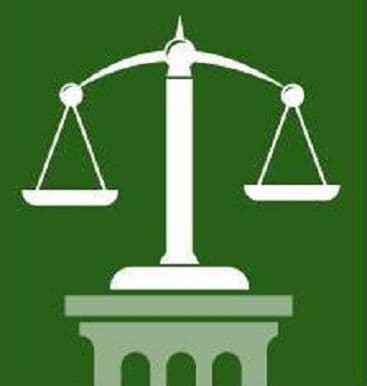A product liability claim may be based on a theory of failure to warn.[1] The standard, like design defect product liability claims, is the reasonable expectations of the consumer rather than foreseeability.[2]
A design defect claim will require weighing the cost of redesigning a product -which could be very high – against the probability of injury – which could be quite low. Under a failure to warn theory of liability the cost of additional warning is rather low so the manufacturer may be expected to warn against even remote risks.[3]
The injury victim must prove proximate causation. If the injury victim knew or should have known of the danger there may be lack of proximate causation.[4]
A manufacturer has a duty to warn of risks discovered after sale and an injury victim may base a failure to warn claim on a failure to warn of such risks if the manufacturer had notice of the risks.[5]
[1] RCW 7.72.030.
[2] Ayers By and Through Smith v. Johnson & Johnson Baby Products Co., 117 Wn.2d 747, 818 P.2d 1337 (1991).
[3] Id.
[4] Soproni v. Polygon Apartment Partners, 137 Wn.2d 319, 971 P.2d 500 (1999); Baughn v. Honda Motor Co., Ltd., 107 Wn.2d 127, 727 P.2d 655 (1986).
[5] Esparaza v. Skyreach Equipment, Inc., 103 Wn.App. 916, 15 P.3d 188 (2000).
